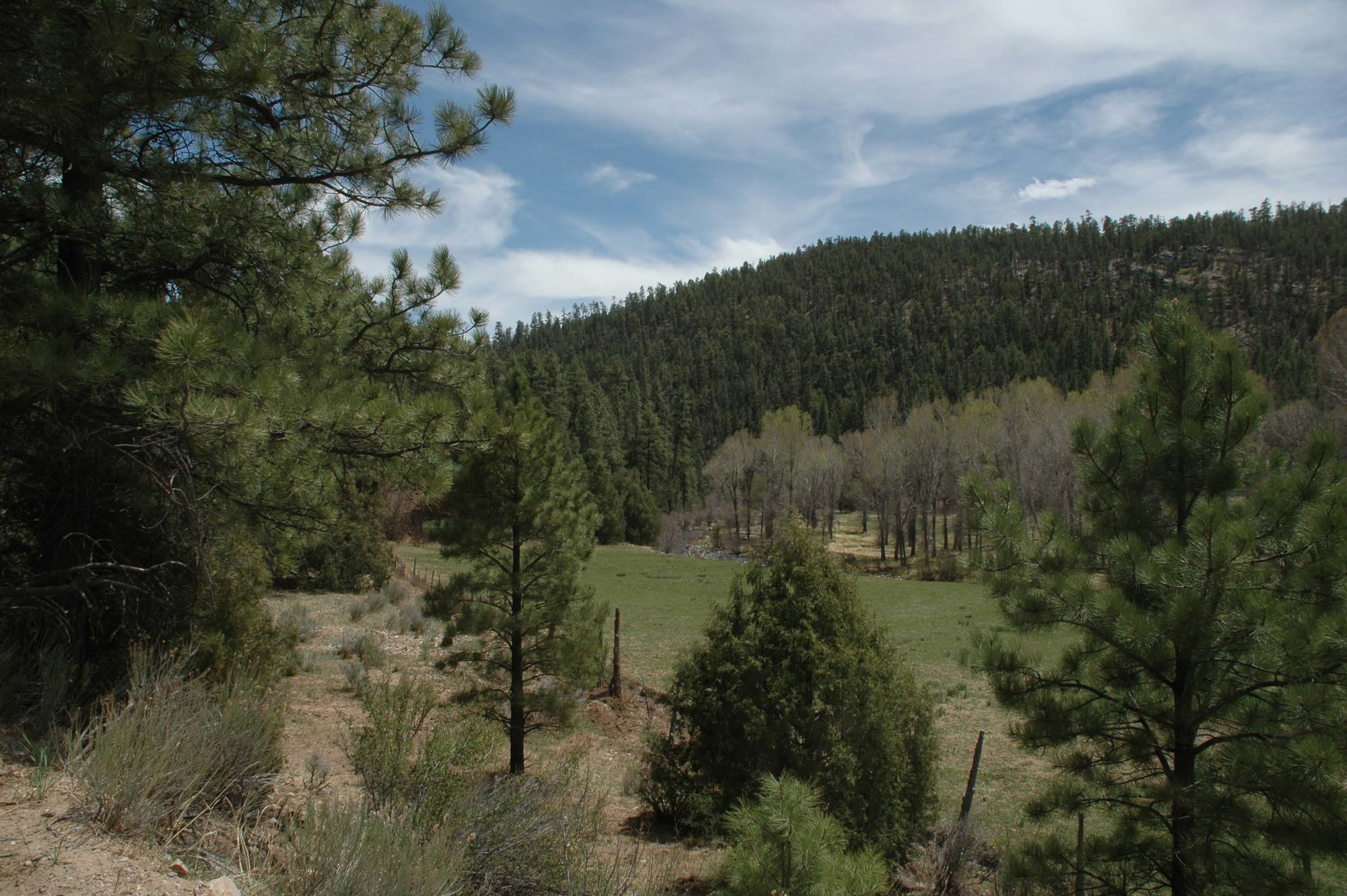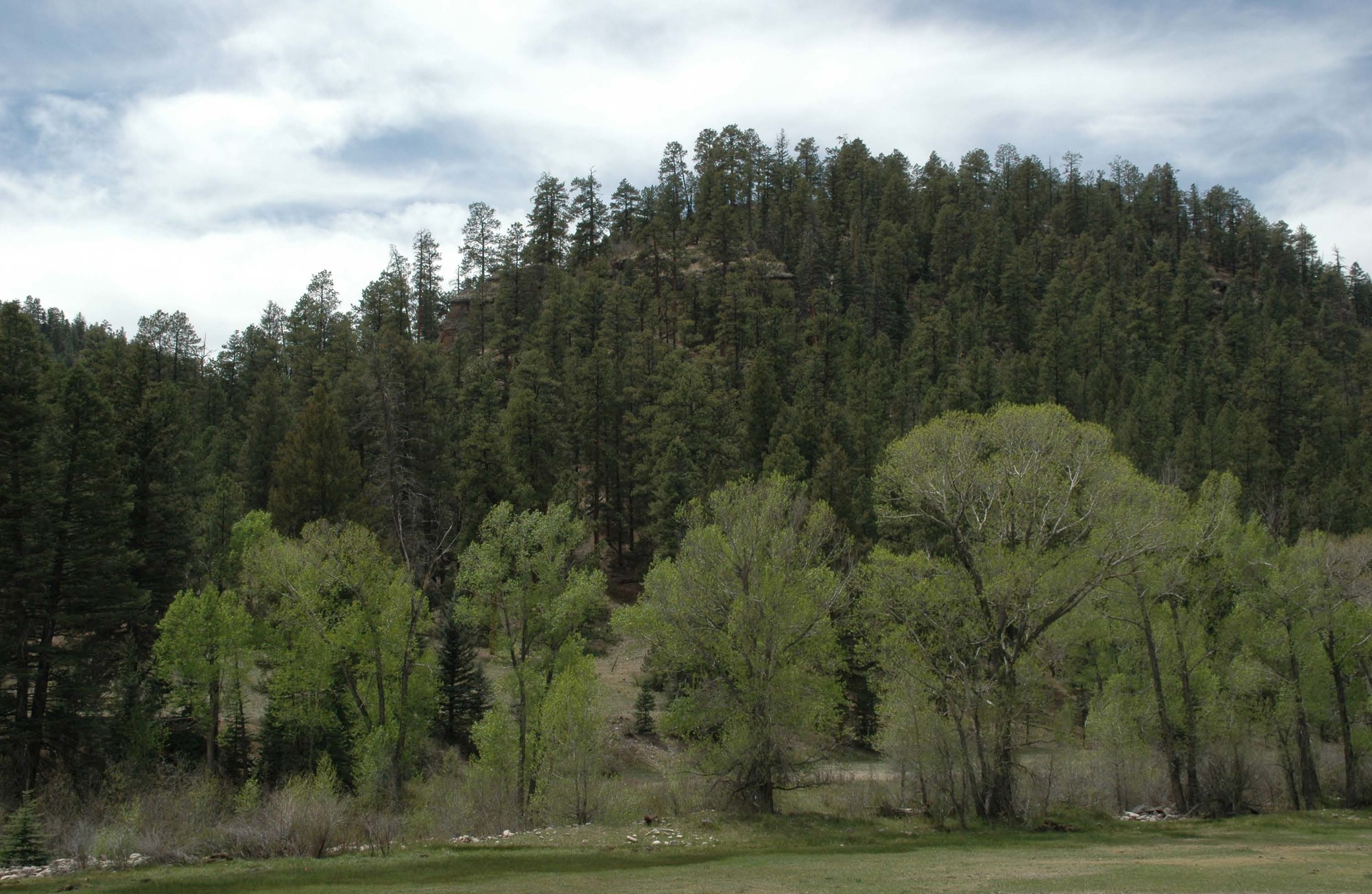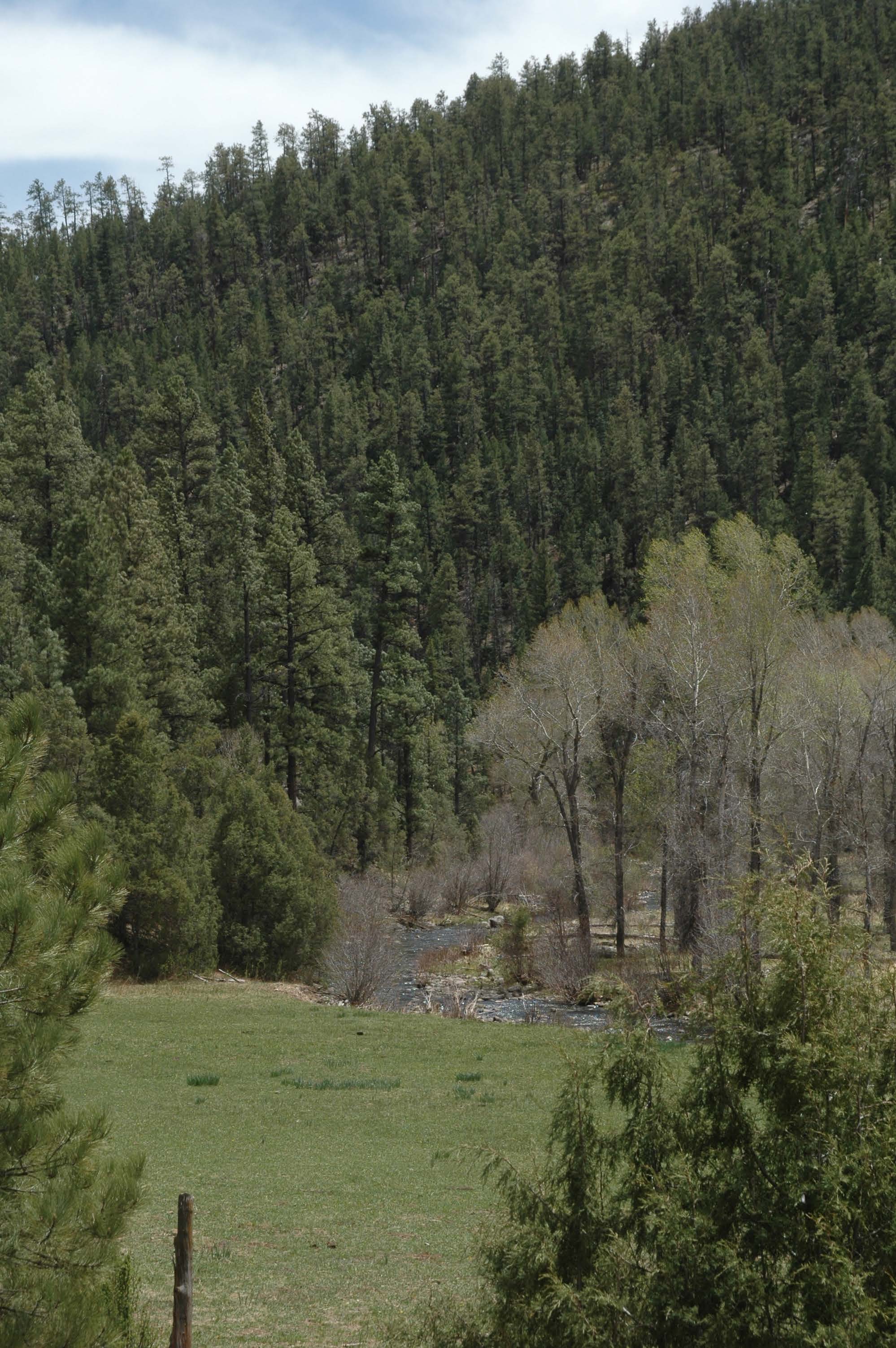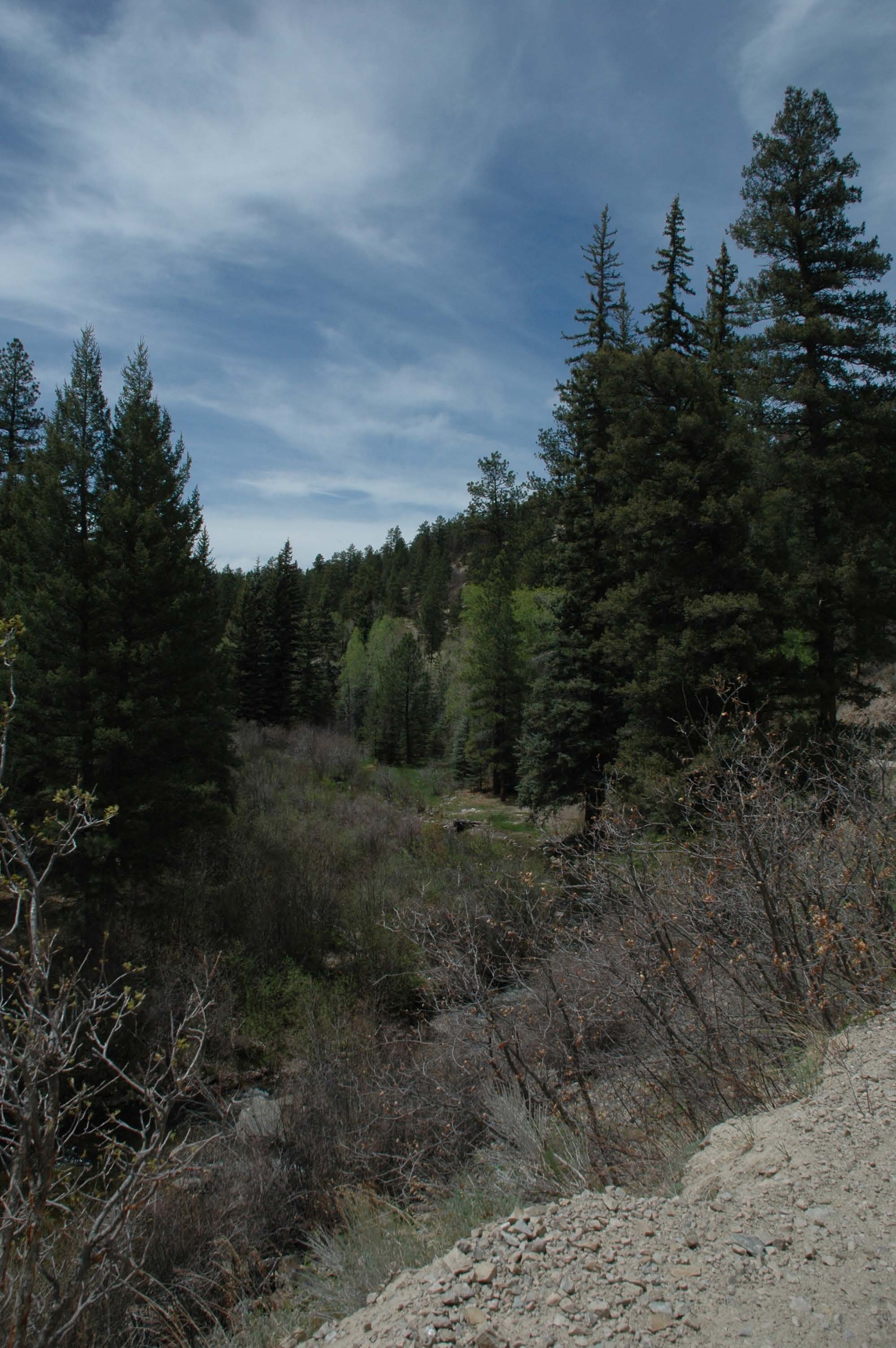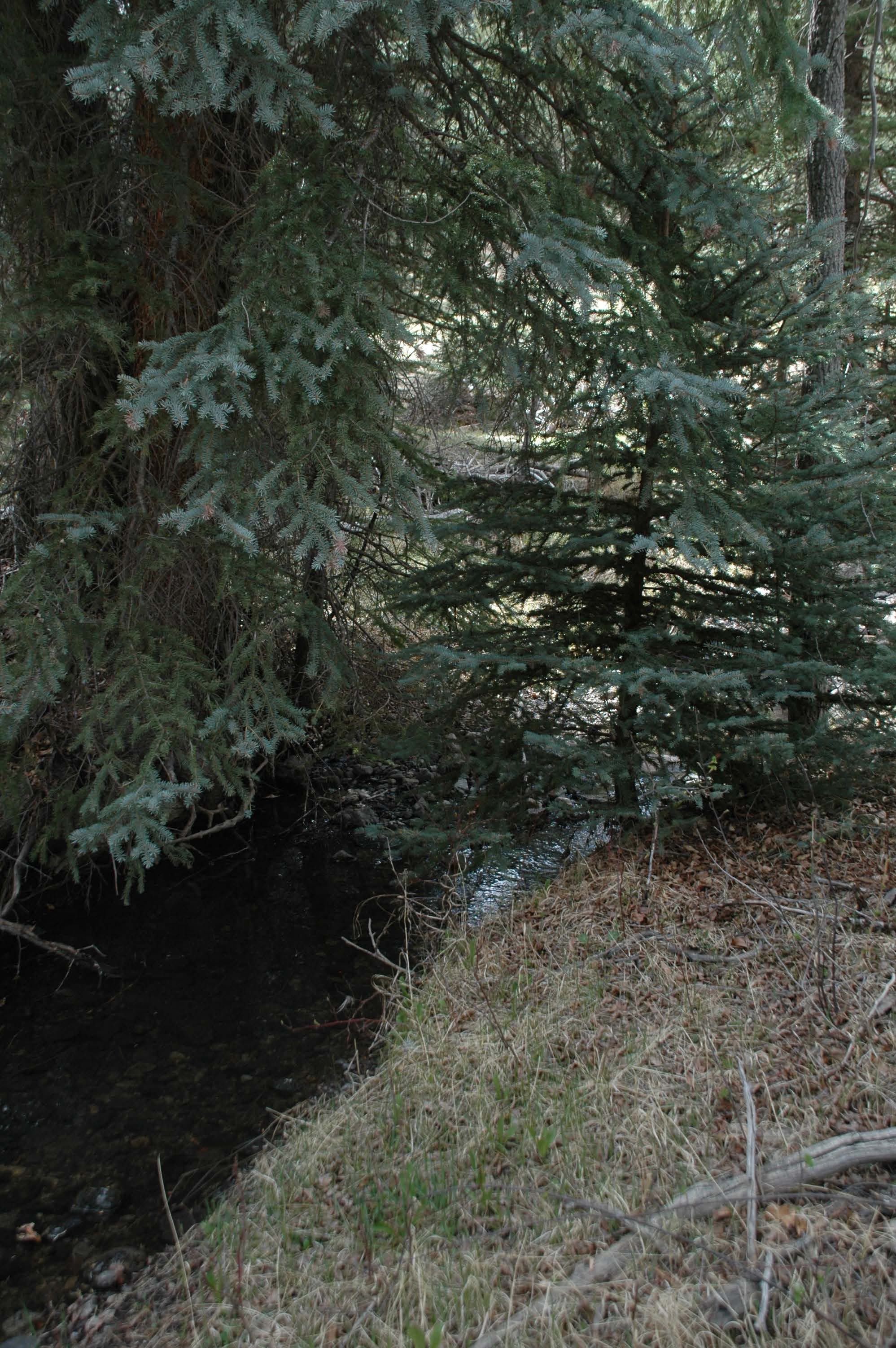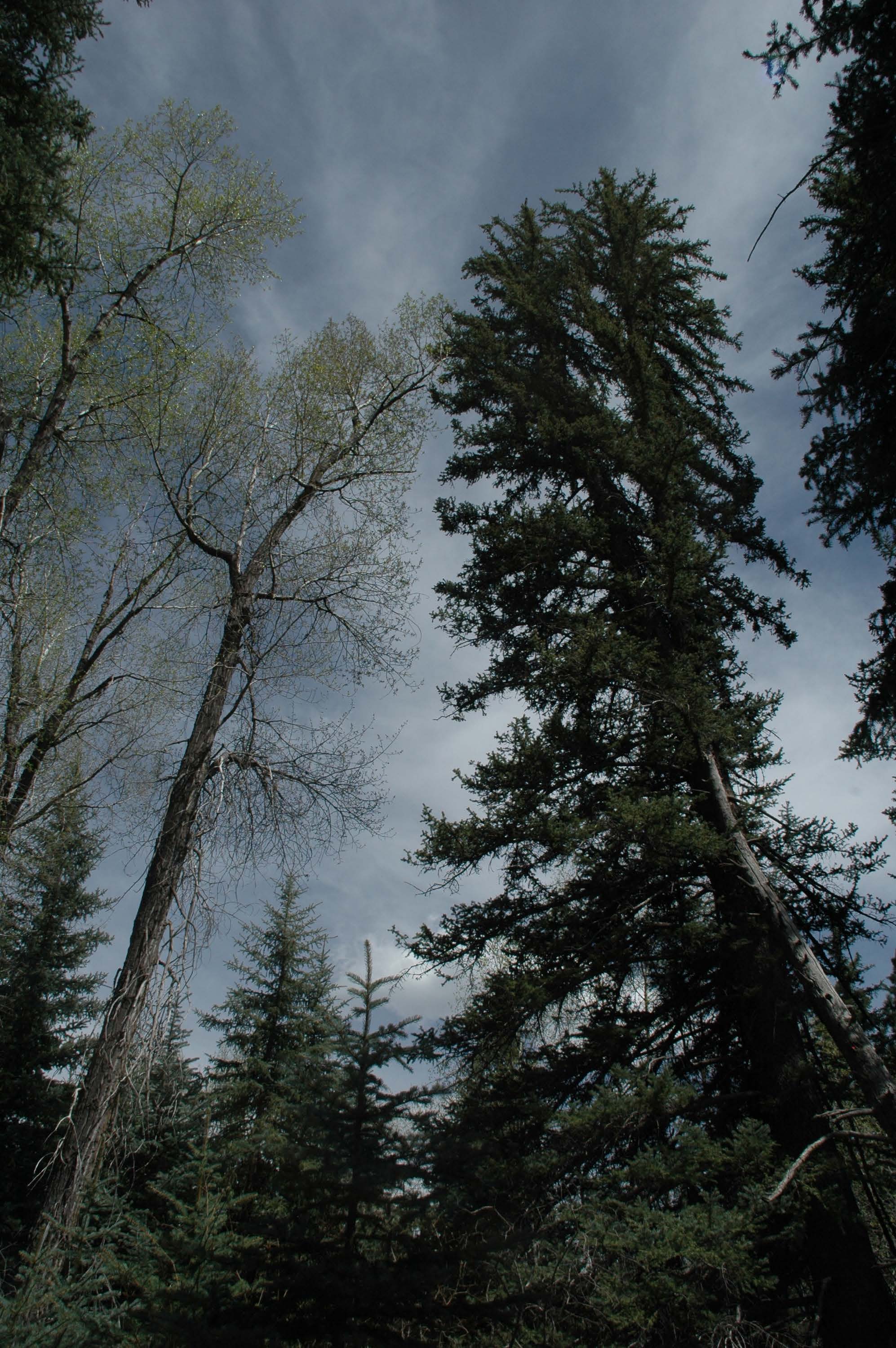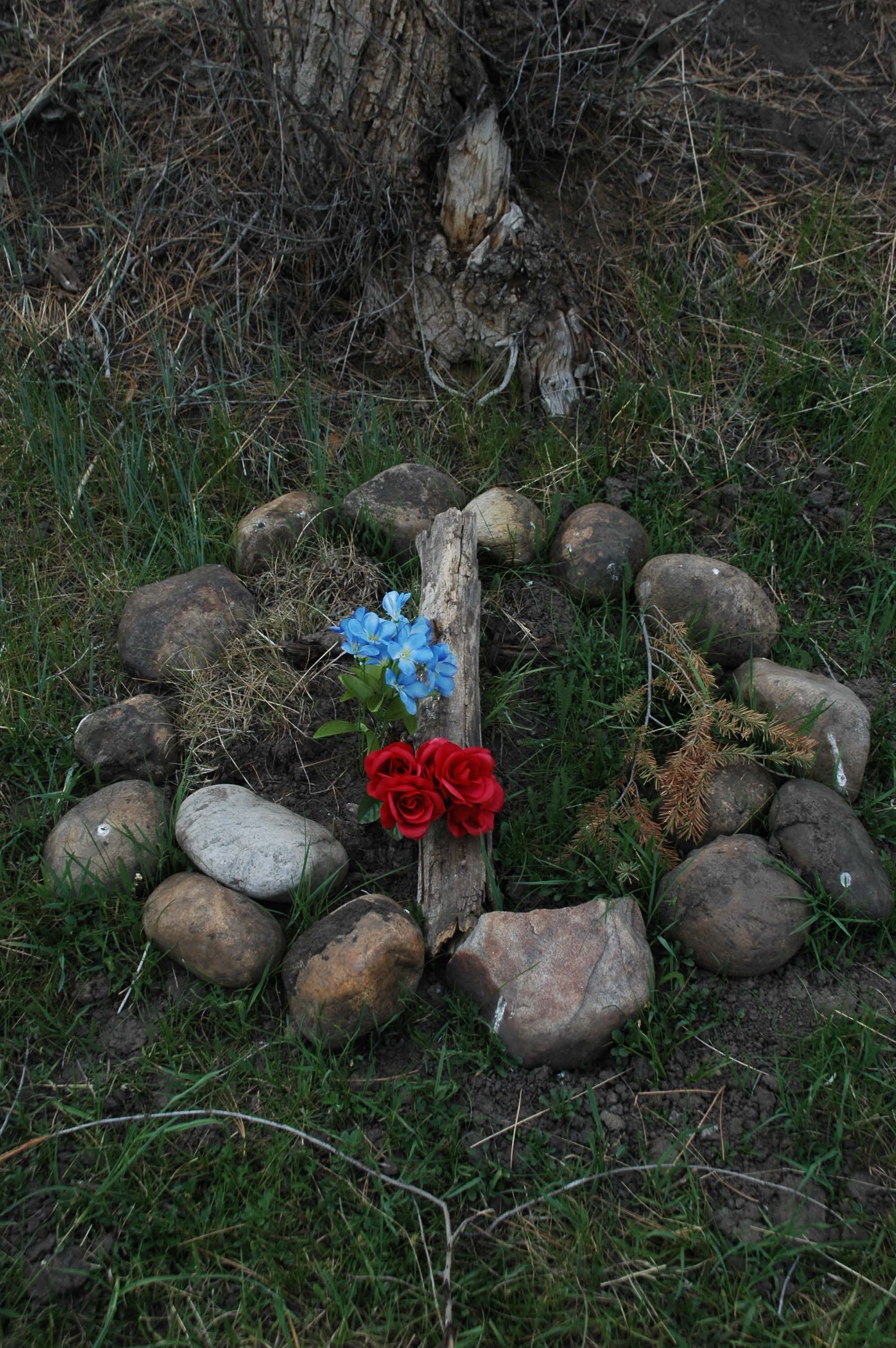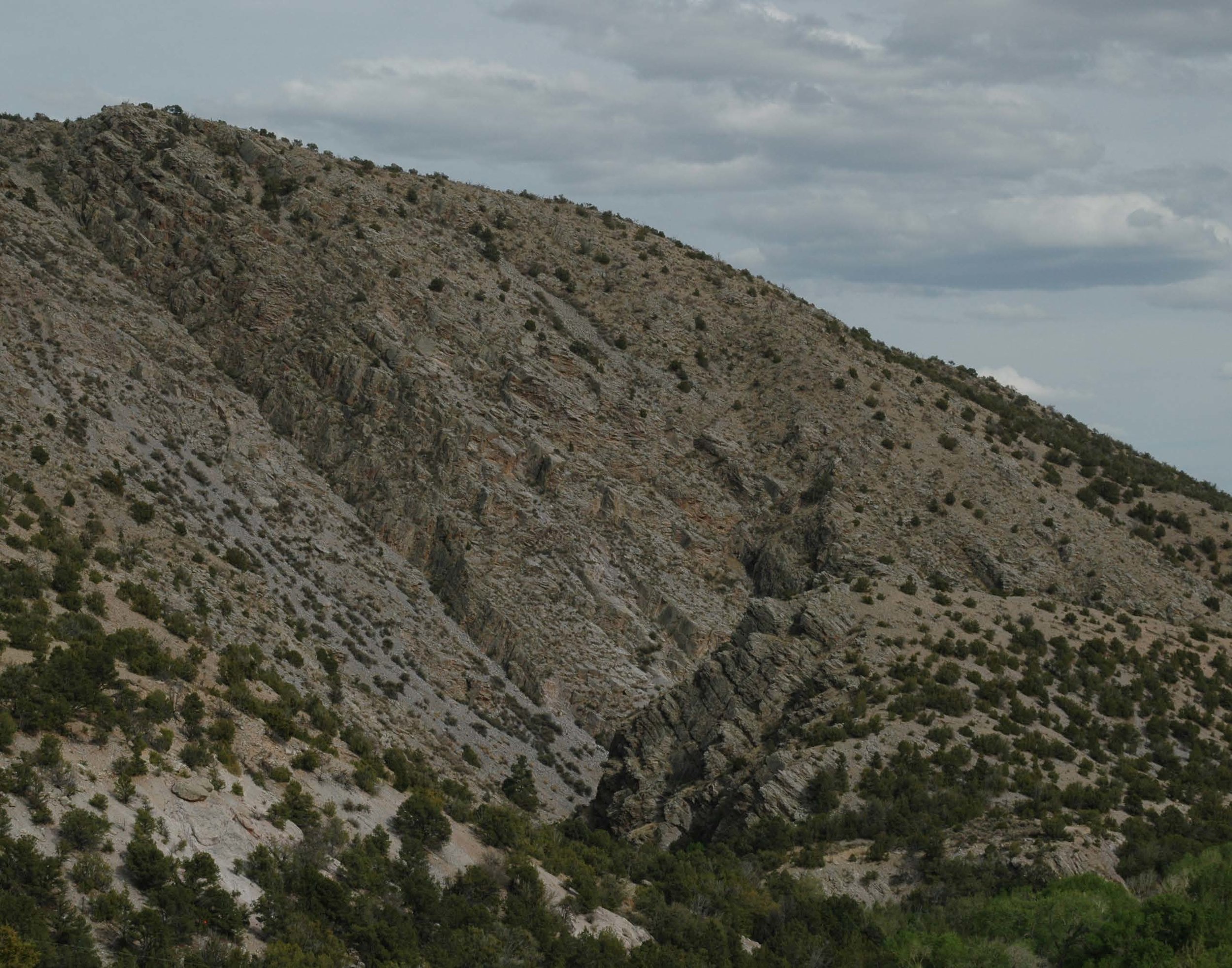Shenandoah, Off to the Mountains
Oh Shenandoah I long to see you, Far away you rolling river
Oh Shenandoah I long to see you, Far away I’m bound to
Roam cross the wide Missouri
My parents had a farm in the Shenandoah Valley of Virginia, called Hidden Valley. 500 acres, where all you could see were the rolling hills of the farm and the Blue Ridge Mountains. I miss my parents. I miss the farm.
“The Jolly Flatboat Men”, 1857, George Caleb Bingham
I often think of this painting by George Caleb Bingham, “The Jolly Flatboat Men” when I’m headed off to the West, off to the Mountains. Done in 1857, it captures the scene of Engages and River men, headed up river from St. Louis to catch the Missouri river and then off to the Rocky Mountains. The man dancing on deck is joyous, for he knows that in the Mountains he will experience a freedom that few men will ever know. I often thought that if the world went to hell in a hand basket I could take my Hawkins rifle and go off to the Mountains.
50 years ago I took the train from my Grandparents House in St. Louis up to Chicago, where I caught the Santa Fe Super Chief out to Gallup, New Mexico. Before that I had no idea that there was that much open space in the world and that much freedom.
Beaver was the currency of the West in the 19th century. Beav was not important in Spanish New Mexico and it was not until Mexico won its independence from Spain in 1821 that it played any importance in the history of the territory. The Spanish had begun to push into the mountains of northern New Mexico in the 18th century but due to hostilities with Native American tribes such as the Comanche, Apache and Ute few of the settlements lasted. Taos was one of the exceptions.
By the fall of 1821 three groups of Americans were trapping and trading on the the periphery of New Mexico, (Weber 1982:53) The first group was led by William Becknell, the second by John McKnight and Thomas James and the third under the leadership of Hugh Glen. All Missouri boys, many farmers, looking for adventure and fortune in the West. They trapped the small rivers of New Mexico, the Rio Grande, the Pecos, Cimmaron etc. Even the creeks west of the Rio where these photos where these photos were taken.
Though profitable at first, by 1823 these streams were trapped out. Using Taos as a base camp more and more American trappers pushed further and further into the vast and little known interior, trapping the sources of the Colorado and the Missouri. Long gone, this period of the Mountain Men lasted less than the blink of an eye in the geologic history of the West.
Though fleeting in terms of Man’s history in the West it was a time of great adventure and freedom. The beaver are back in these little creeks and once you get up into the National Forrest the barb wire fences start to disappear and for a moment, just a moment one gets that feeling of adventure and freedom those Mountain Men must have experienced.
This is the lonesome prospector signing off.
Seek Out!
Izzy heads for timber.
Looking into the past
© Copyright The Lonesome Prospector, A division of Fun Time Stories, A Coprolite Production. All rights Reserved.

